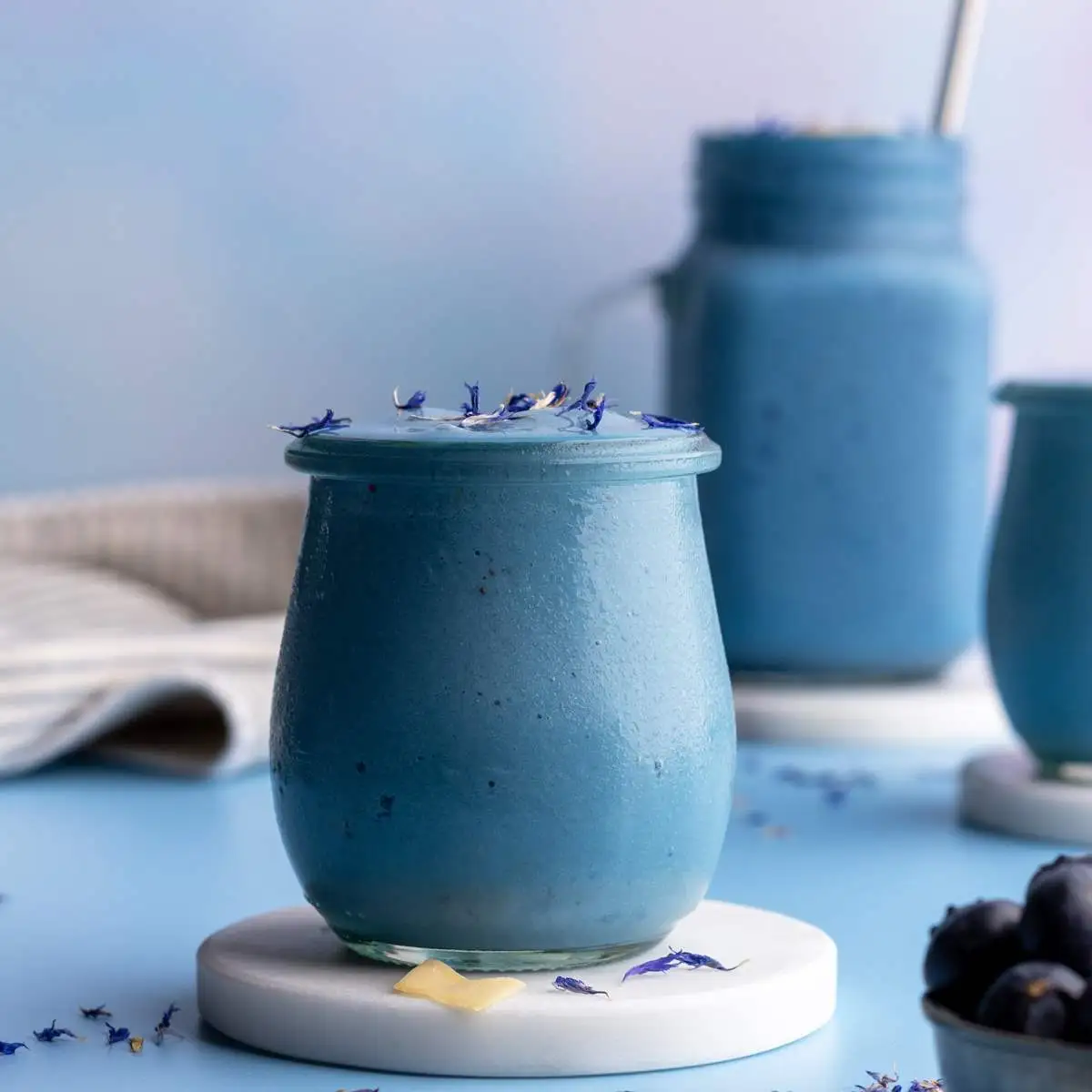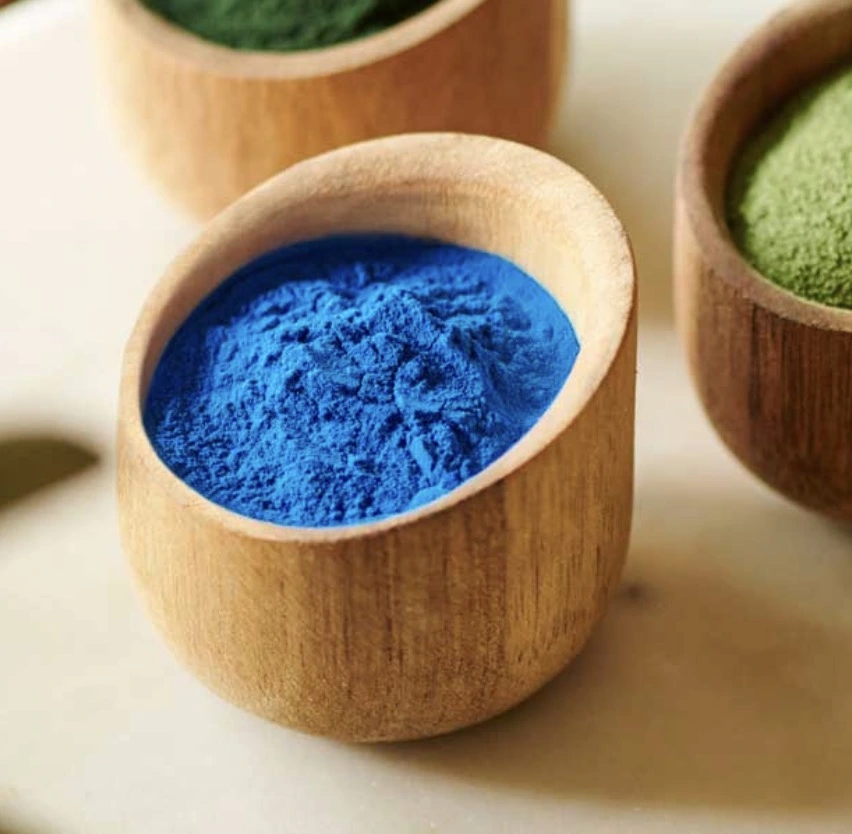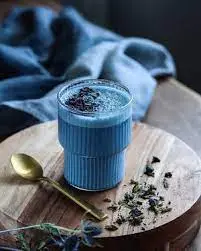Purple Sweet Potato E163: Natural Color for Healthy Products
In the world of natural food coloring, Purple sweet potato red pigment E163 is making waves as a vibrant and health-conscious choice for manufacturers and consumers alike. This pigment, derived from the beautiful purple sweet potato, offers a stunning range of hues from deep violet to rich burgundy, all while providing potential health benefits. Let's delve into the world of this remarkable natural colorant and explore its applications in the food industry.

Health Benefits of Purple Sweet Potato E163
Antioxidant Powerhouse
Purple sweet potato E163, also known as anthocyanin, is more than just a vibrant color – it's a powerful antioxidant. These compounds help protect cells from free radical damage, which may lower the risk of chronic diseases. The rich purple color reflects the high concentration of anthocyanins, offering both nutritional and health benefits. As a natural source of antioxidants, purple sweet potato E163 is a valuable addition to a balanced diet, promoting overall well-being and cellular health.
Anti-Inflammatory Properties
Studies indicate that the anthocyanins in purple sweet potato E163 may offer anti-inflammatory benefits. Chronic inflammation is associated with various health concerns, such as heart disease and certain cancers. By including foods colored with this natural pigment, consumers could be making a simple yet meaningful choice for improved health. The antioxidant properties of anthocyanins may help reduce inflammation, promoting overall well-being and potentially lowering the risk of inflammation-related conditions.
Potential Cardiovascular Benefits
Some studies indicate that regular consumption of anthocyanin-rich foods may support heart health. The compounds found in purple sweet potato red pigment E163 could help improve blood flow and reduce the risk of hypertension. While more research is needed, the initial findings are promising for those looking to support their cardiovascular system through diet.
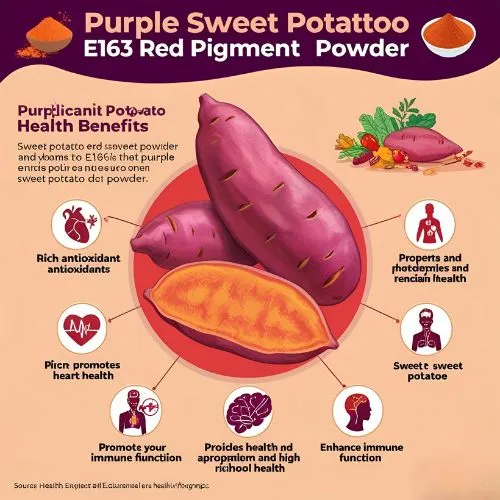
How E163 Enhances Food Color and Nutrition?
Natural Color Stability
One challenge with natural food colors is their stability under different conditions. Purple sweet potato E163 is notable for its impressive color stability, particularly in acidic environments. This characteristic makes it a versatile option for various food applications, including beverages, baked goods, and more. Its ability to maintain vibrant color in different conditions enhances its appeal as a natural coloring agent, providing both aesthetic and functional benefits in a variety of food products.
pH-Dependent Color Variations
The versatility of E163 is further enhanced by its ability to produce different shades depending on the pH of the food product. In more acidic conditions, it tends towards a vibrant pink, while in neutral to slightly alkaline environments, it can produce deeper purple hues. This characteristic allows food manufacturers to achieve a variety of colors using a single natural source.
Nutritional Enhancement
In addition to its coloring properties, E163 from purple sweet potatoes may enhance the overall nutritional value of foods. Although the amounts used for coloring are typically small, they still contribute to the antioxidant content of the product. This aligns with the growing consumer demand for functional foods that provide more than just basic nutrition. By adding natural antioxidants, purple sweet potato E163 offers an extra health benefit, appealing to those seeking nutritious, multi-functional food options.

Best Uses of Purple Sweet Potato Pigment in Industry
Beverage Applications
The food and beverage industry has widely adopted purple sweet potato red pigment E163 for its ability to create visually striking drinks. Whether in fruit juices, smoothies, or even certain alcoholic beverages, this natural colorant delivers a vibrant purple hue. It appeals to consumers who prefer natural alternatives to synthetic dyes, meeting the growing demand for cleaner, more wholesome options. E163 offers a visually appealing, safe, and eco-friendly way to enhance the color of beverages.
Dairy Products
In the dairy industry, E163 has carved out a niche in products like yogurt, ice cream, and flavored milk. Its stability within these products ensures consistent coloration throughout their shelf life. Additionally, the natural origin of the pigment makes it a great fit for the clean label trends in dairy, where consumers increasingly seek products with simple, recognizable ingredients. E163 not only enhances visual appeal but also meets the demand for natural, transparent labeling.
Baked Goods and Confectionery
Purple sweet potato red pigment E163 is increasingly being used in baked goods and confectionery. From vibrant purple bread to colorful candies, this natural pigment allows bakers and confectioners to create visually stunning products without resorting to artificial colors. The heat stability of E163 makes it particularly suitable for these applications.
Plant-Based Alternatives
As the plant-based food market expands, manufacturers are increasingly using natural colorants like E163 to enhance the visual appeal of their products. Whether in plant-based yogurts, meat alternatives, or non-dairy ice creams, the purple sweet potato pigment adds vibrant color that aligns with the values of the plant-based movement. E163 not only helps create eye-catching products but also meets consumer demand for natural, wholesome ingredients in plant-based food options.
Conclusion
In conclusion, Purple Sweet Potato E163 represents a confluence of consumer demands for natural ingredients, vibrant colors, and potential health benefits. As food manufacturers continue to innovate and respond to market trends, this versatile pigment is likely to play an increasingly important role in product development. For those interested in exploring the potential of purple sweet potato red pigment E163 in their products, reaching out to experts in natural colorants can provide valuable insights and solutions. For more information, contact us at info@yanggebiotech.com.
References
1. Zhang, Y., et al. (2019). "Anthocyanins from purple sweet potato and their health-promoting effects." Food & Function, 10(9), 5940-5954.
2. Hwang, Y. P., et al. (2011). "Purple sweet potato anthocyanins attenuate hepatic lipid accumulation through activating adenosine monophosphate–activated protein kinase in human HepG2 cells and obese mice." Nutrition Research, 31(12), 896-906.
3. Lila, M. A. (2004). "Anthocyanins and human health: an in vitro investigative approach." Journal of Biomedicine and Biotechnology, 2004(5), 306-313.
4. Khoo, H. E., et al. (2017). "Anthocyanidins and anthocyanins: colored pigments as food, pharmaceutical ingredients, and the potential health benefits." Food & Nutrition Research, 61(1), 1361779.
5. Suda, I., et al. (2008). "Physiological functionality of purple-fleshed sweet potatoes containing anthocyanins and their utilization in foods." Japan Agricultural Research Quarterly: JARQ, 42(3), 159-165.

Based on your location and order quantity, you will have the opportunity to receive a limited time free shipping promotion!
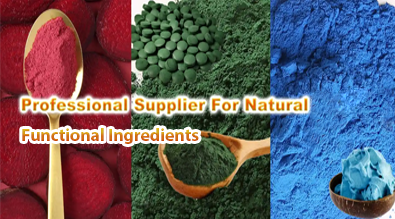
Who we are
